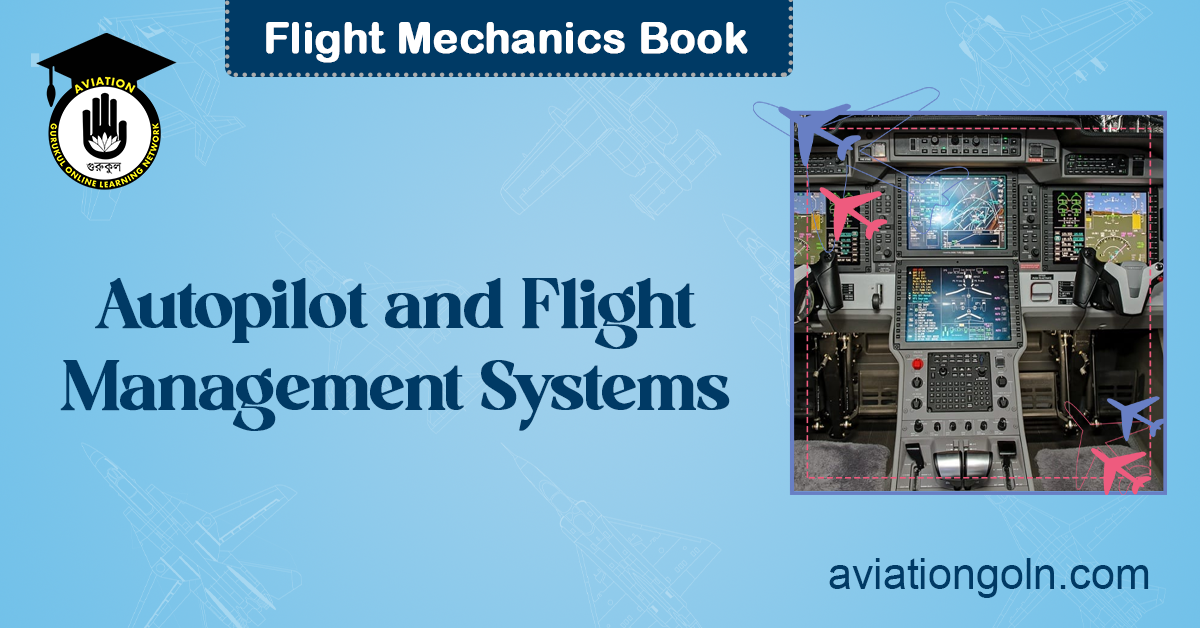Autopilot and Flight Management Systems: At the heart of modern aviation lies a sophisticated network of automated systems that assist pilots in safely navigating and operating their aircraft. Among these, the Autopilot and Flight Management Systems (FMS) are paramount. These systems streamline operations, reduce pilot workload, and enhance safety. This article delves deep into the intricacies of these flight control systems, exploring their development, functionality, and importance.
Autopilot and Flight Management Systems: Flight Control Systems
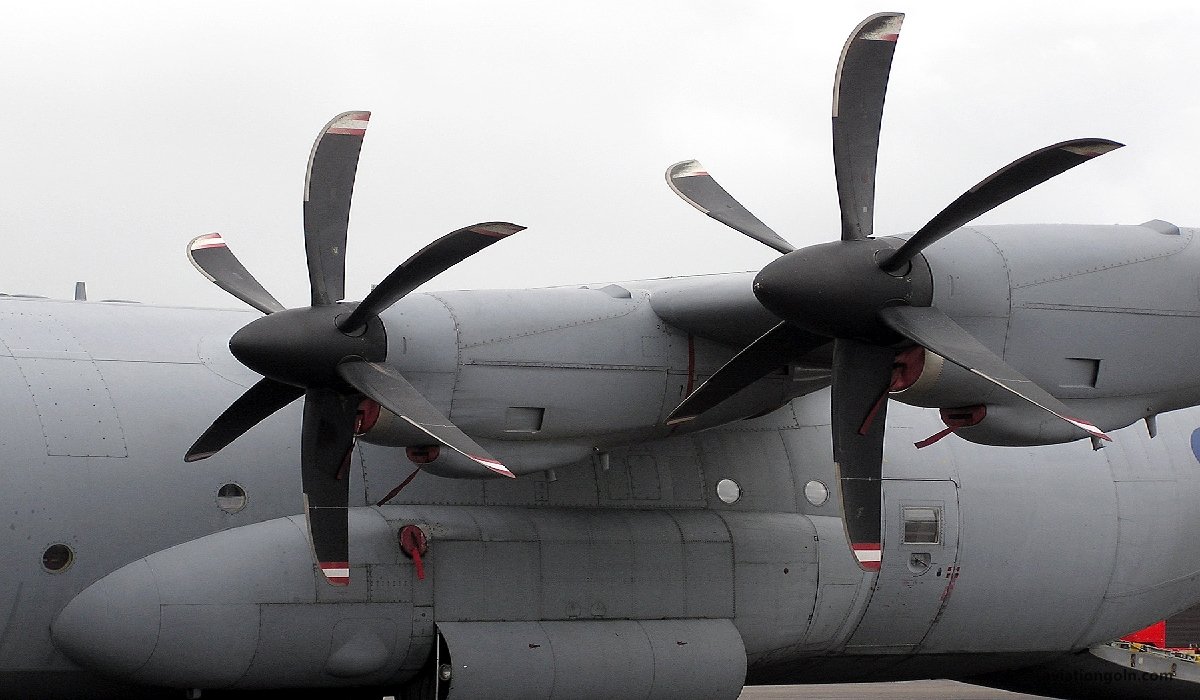
1. Historical Background
The Dawn of Autopilots
The genesis of the autopilot dates back to the early 20th century. The first simple autopilots were designed to control an aircraft’s heading and altitude, providing basic stabilization. In 1912, the Sperry Corporation introduced one of the initial autopilots, which utilized gyroscopes to maintain an aircraft’s attitude. The evolution of autopilots paralleled advancements in electronics and computer systems, leading to the highly sophisticated systems we see today.
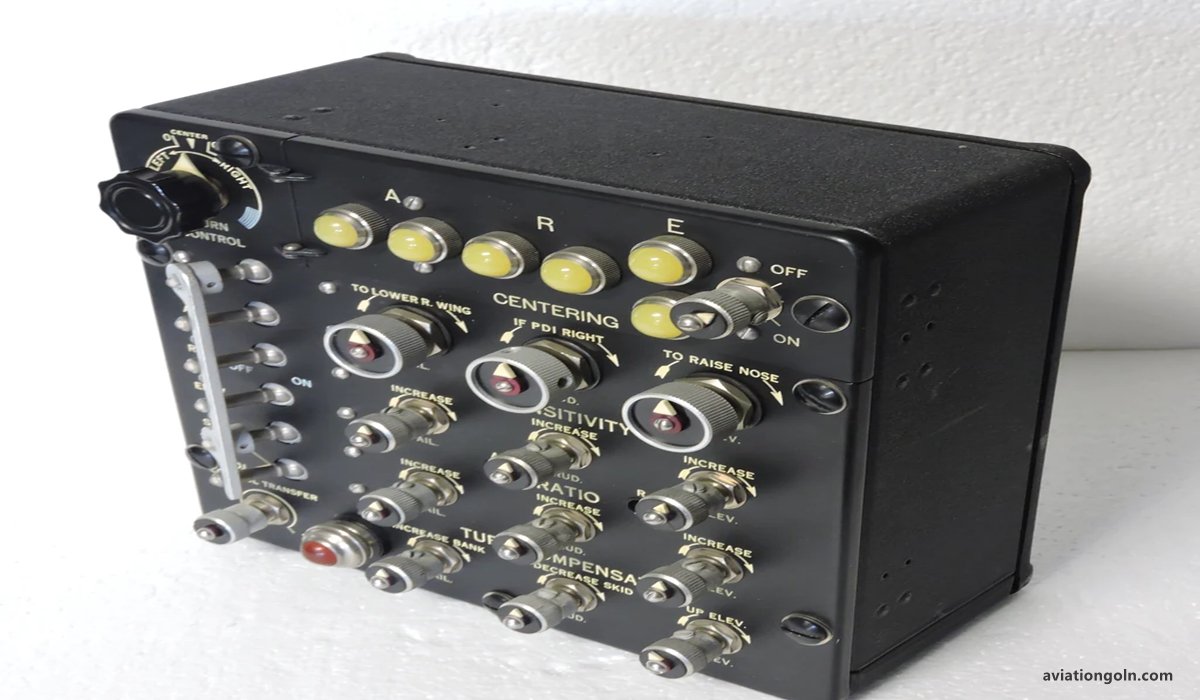
2. The Basics of Autopilot Systems
What is an Autopilot?
At its core, an autopilot is an automated control system that allows an aircraft to fly without constant input from the pilot. It doesn’t replace the pilot but assists in managing various flight parameters, ensuring smoother and safer flights.
Functions of Autopilot
Autopilots can control:
- Heading: Maintaining or changing the aircraft’s direction.
- Altitude: Holding or modifying the aircraft’s height above sea level.
- Speed: Regulating the aircraft’s airspeed.
- Vertical Speed: Managing the rate of climb or descent.
Components
Modern autopilots consist of a variety of components:
- Gyros: These detect changes in the aircraft’s attitude.
- Computers: Process input from the pilot and sensors, generating control outputs.
- Actuators: Execute the commands from the computer by adjusting control surfaces like ailerons, elevators, and rudders.

3. Flight Management Systems (FMS)
Introduction to FMS
While autopilots manage an aircraft’s immediate behavior, Flight Management Systems (FMS) are designed to optimize the entire flight plan. The FMS is a specialized computer system that automates a multitude of in-flight tasks, from navigation to fuel management.

Functions of the FMS
Some core functions include:
- Navigation: The FMS uses inputs from global positioning systems (GPS), inertial reference systems, and air data computers to accurately navigate.
- Flight Planning: Allows pilots to input, modify, and monitor flight plans.
- Performance Management: Optimizes speed and altitude based on the aircraft’s weight, weather conditions, and flight profile.
- Fuel Efficiency: The FMS calculates the most fuel-efficient route and speed, adjusting for changing conditions.
Human-Machine Interface
A crucial element of the FMS is its interface. Typically, this includes a Control Display Unit (CDU) or a Multi-function Display (MFD), which allows pilots to interact with the system.

4. Integration of Autopilot and FMS
Modern aircraft rarely treat autopilots and FMS as separate entities. Instead, they’re integrated into a comprehensive flight control system. The FMS plans the route and provides the waypoints, speeds, and altitudes, while the autopilot ensures that the aircraft follows these directives accurately.
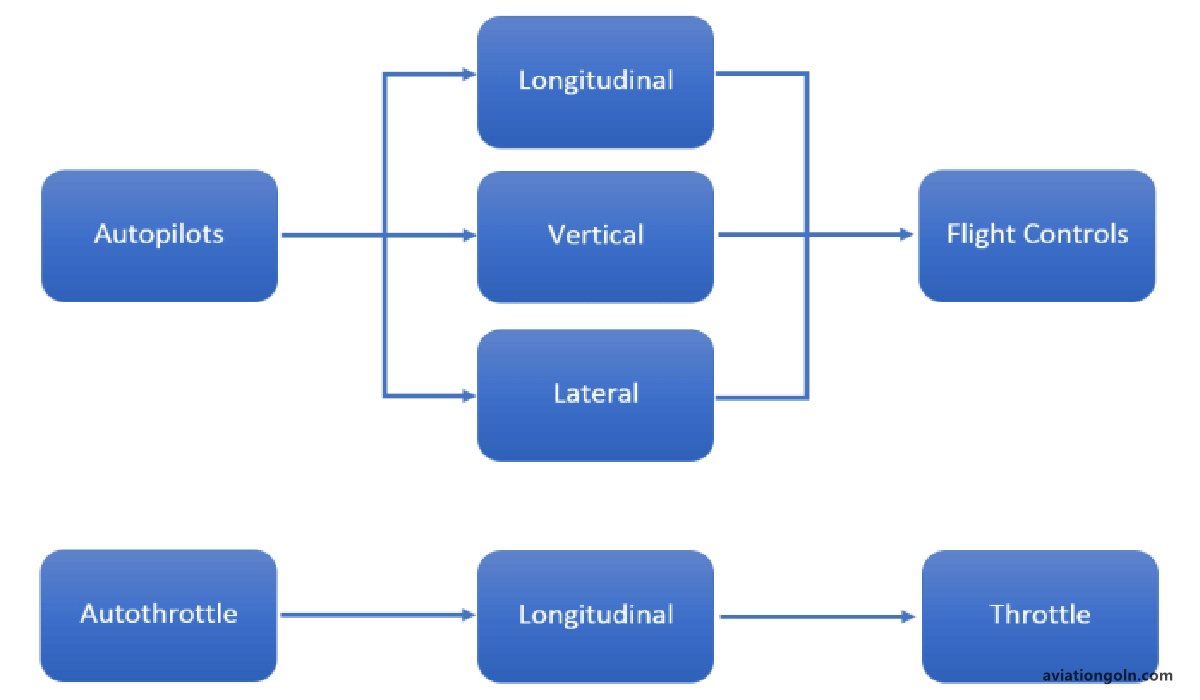
5. Safety and Redundancy
Importance of Safety
Given that these systems directly influence an aircraft’s behavior, safety and redundancy are paramount.
Redundancy
Most flight control systems are built with multiple redundancies. If one system fails, a backup can take over, ensuring continuous safe operations. For instance, modern jetliners have multiple autopilots and can continue to operate safely even if one of them fails.
Monitoring and Alerts
Both autopilots and FMS continuously monitor their operations and the environment. If discrepancies are detected or if the aircraft deviates from its intended path, alerts are issued to the pilots.

6. Benefits and Limitations
Benefits
- Reduced Workload: The primary advantage is the reduction of pilot workload, especially during critical phases like takeoff, cruising, and landing.
- Fuel Efficiency: Optimized flight paths and speeds lead to significant fuel savings.
- Safety: Automated systems can respond faster and more accurately than humans in certain situations.
Limitations
- Over-reliance: Over-dependence on automation can lead to reduced situational awareness for pilots.
- Complex Failures: While rare, when automated systems fail, they can introduce complex problems that pilots must address quickly.
- Training Requirements: The sophistication of these systems demands rigorous training and understanding.

7. The Future of Flight Control Systems
As aviation technology evolves, we can expect further advancements in flight control systems. With the push towards more autonomous aircraft and the integration of AI, future systems might offer even more advanced features like collision avoidance, automatic landing systems in dense fog, or even entirely pilot-less flights.
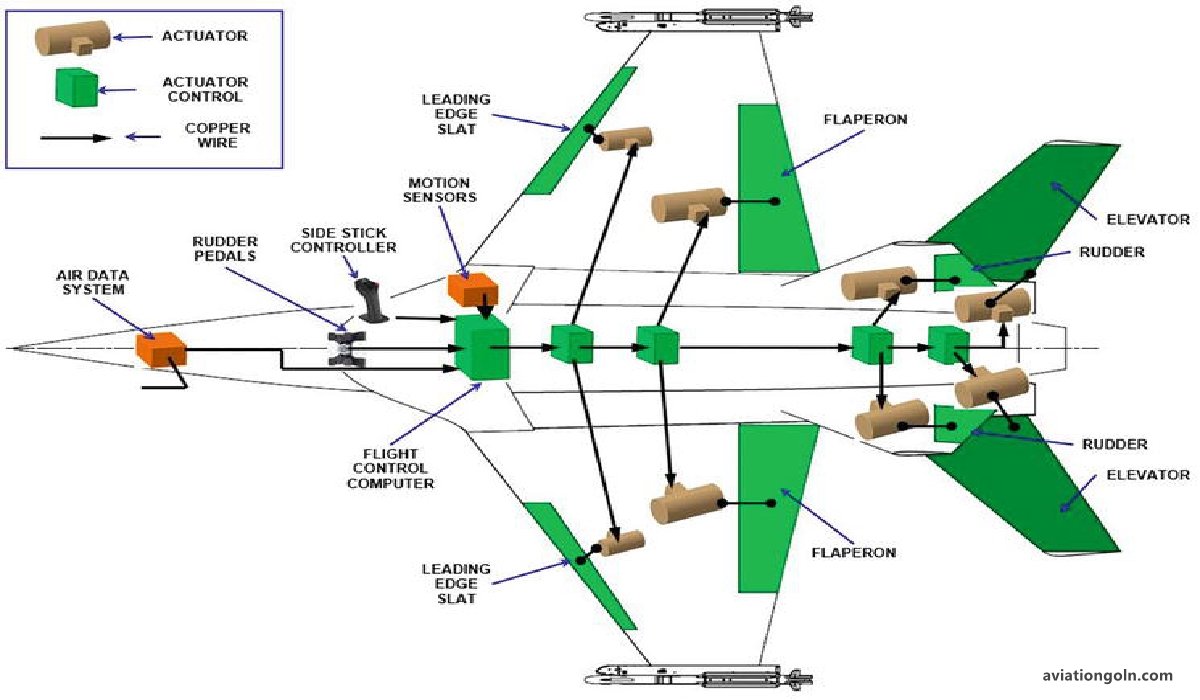
The integration of autopilots and Flight Management Systems has revolutionized aviation, ushering in an era of unprecedented safety and efficiency. As with any technology, understanding its capabilities and limitations is essential. As we stand on the cusp of further advancements, the symbiotic relationship between man and machine in the realm of flight will continue to be an exciting field of evolution and innovation.
